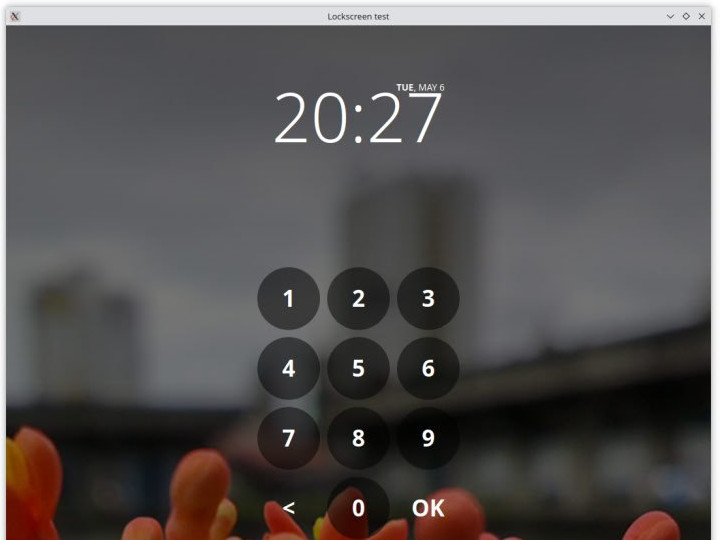In the past month, several improvements have been made across the Nemo ecosystem to accommodate recent changes in the Kremium API. A number of core applications were updated, the lock screen experience was significantly enhanced, and support for UI scaling was improved.
As mentioned in a previous blog post, changes to the Kremium API — a reimplementation of the SailfishOS Silica API used by Qt Quick Controls Nemo — have required updates to several Nemo applications. Over the past month, the following apps were adjusted: glacier-filemuncher, glacier-music, glacier-dialer, glacier-pinquery, and glacier-alarm-listener. These apps can now be run again.
A significant amount of work was also done on the lock screen. The related API, glacier-device-lock-plugin, was refined, and the overall user experience was improved. New animations were introduced, giving the lock screen a more polished appearance. A lock screen preview application was created to allow for easier fine-tuning of the lock screen’s look and feel. See the demo video below.
To support this fine-tuning, libglacierapp was updated to allow the QML path of an application to be specified — while still defaulting to Qt resources.
In addition, a new app called glacier-welcome was developed. It is shown on the device’s first start and allows the user to set a device lock password.
Further improvements were made to the scaling feature, which now allows fonts and UI elements to be resized in applications based on Qt Quick Controls Nemo, making them more adaptable to different screen sizes.
![]()

@blogs looks nice, does the image also works with the venerable pinephone beta edition?
@blogs ive been following this project for a bit… why do you stick to manjaro vs pmos or danctnix? Genuinely curious as someone that cannot contribute (ie pls don’t take as an attack, just curious).
@qkalligula @blogs We want to leave the maintenance of basic parts of the OS to someone else — we don’t want to recompile Qt, autotools, the kernel, and many other packages ourselves. There’s also OBS for rebuilding packages on top of openSUSE.
We don’t have a strong preference, but using a different distro would require someone to do the extra work.
@Albirew @blogs It's pretty much about trying and debugging things yourself. In general, I'm happy when a new image boots on my PinePhone.